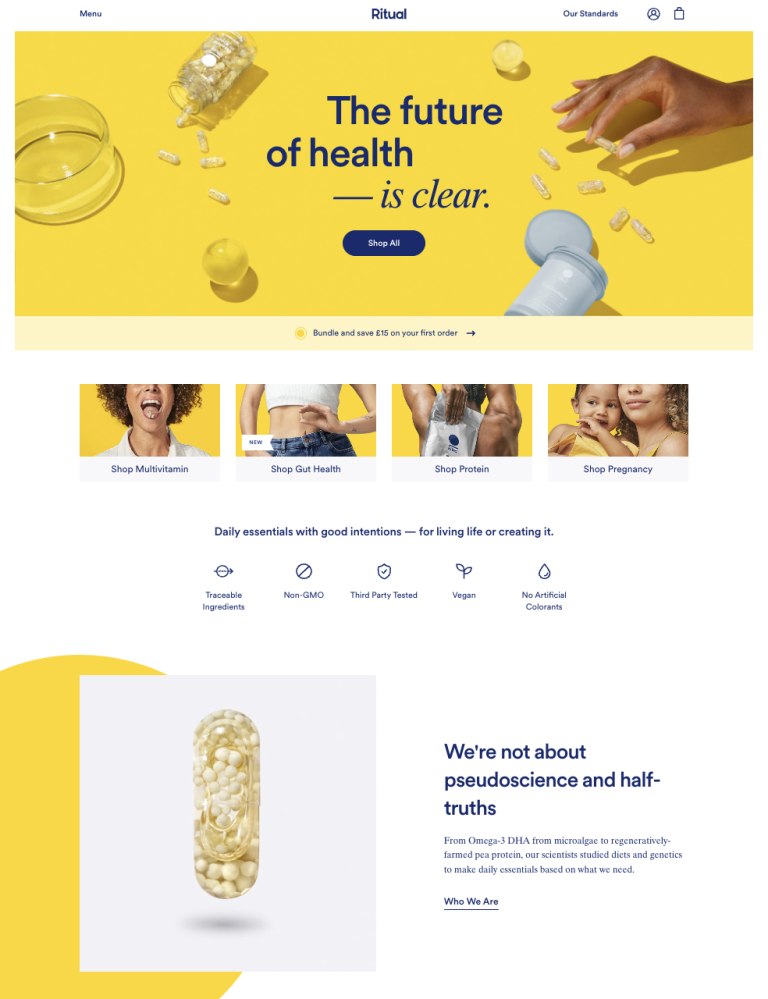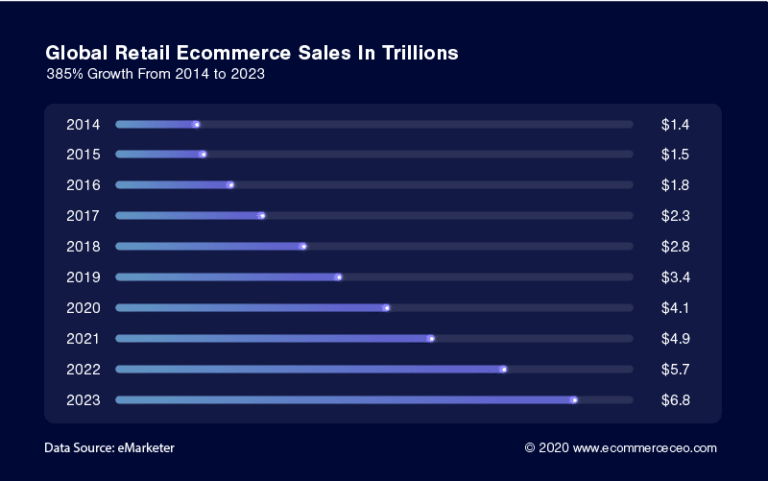 Author By Miva |
Author By Miva |- Posted on
- • March 22, 2019
- DTC
- Marketing Tips

Yes, it’s another article about marketing to Millennials. Don’t worry—the second koalas become the most powerful single purchasing group in the United States, we’ll start talking about those for a change. With this infamous generation set to become responsible for over 30% of all retail sales, knowing how to market to Millennials can mean the difference between success and failure as an online merchant.
Here’s what you need to know, what to do about it, and who to look at for inspiration:
Going Green
Millennials are reputed to be significantly more environmentally-conscious than previous generations. They are far more likely to spend their money with brands they perceive as environmentally responsible and are the main driving force behind sustainability sales. Brands that make an effort toward reducing waste, minimizing the use of fossil fuels, and publicizing their commitment to the environment can gain an important advantage when it comes to Millennial appeal.
Further Reading: Miva partner Signifyd explores how Millennial consumer habits have led to the rise of the sustainable diamond industry.
Who Kills It: Patagonia
Millennial favorite Patagonia is an outdoor apparel brand with a focus on environmental activism. With significant environmental grants, support for activists, and a program dedicated to repairing and recycling their products, Patagonia makes their dedication to sustainability and conservation a key part of their brand. The results speak for themselves—Patagonia rakes in plenty of Millennial sales and their social media presence, which mixes promotional content with environmental activism, has accumulated hundreds of thousands of followers.
Showing Social Responsibility
Many Millennials are as passionate about social issues as they are about environmental concerns. They want to know that their money is going to brands with ethical labor practices, fair employment policies, and a commitment to doing good. Companies that are invested in their employees and community can leverage these positive traits to gain an advantage when it comes to branding for Millennials.
Who Kills It: TOMS
While TOMS didn’t invent charitable consumerism, they have made their brand famous by embracing it. As a result, Millennials prefer TOMS over other shoe companies, many of which have invested significantly more into their marketing efforts.
Getting Political
The age of social media has given everyone the opportunity to weigh in on the political discourse…commercial brands included. Some of these have started to participate in debates and discussion, effectively politicizing the purchasing decision. While plenty of consumers believe that business and politics should be separate, politically active Millennials may become more inclined to support a brand that supports their cause.
Who Killed It and Who Didn’t: Nike vs. Pepsi
Making a statement isn’t for every brand…and sometimes how you speak up can be just as important as what you say. There’s a lot of risk involved in taking a political or social stance and the potential payoff isn’t always worth it. Nike saw a significant sales boost after declaring a stance on a controversial issue, while Pepsi’s 2017 appeal to politically-minded Millennials became the subject of relentless criticism and mockery.
Becoming (More) Convenient
Many Millennials are digital natives and are used to getting everything they need at the literal click of a button. The rise of standard 2-day shipping has further solidified this expectation for instant gratification in eCommerce. To compete against the countless other brands vying for Millennial attention, merchants need to take convenience a step further. This can be done with small-but-impactful features like one-click purchasing, automatic reordering, and subscription options.
Who Kills It: Meal Kit Subscriptions
Meal kit providers have appealed to Millennial’s love of convenience and disdain for mass-manufactured goods (read: fast food) by combining the convenience of takeout with the perceived quality of home-cooked food. The results have been stunning—meal kit sales are now expected to generate $10 billion in revenue by 2020.
Learn how to cultivate recurring revenue for your business. Check out our subscription model whitepaper, Think Outside the Box.
Selling Experiences
Millennials have proven to be less materialistic and more experience-oriented consumers than previous generations have been. This is great news for those in the business of creating experiences, but online retailers who can’t rely on a music festival, foodie trend, or travel hotspot to bring in sales have to be a bit more creative. For these merchants, effectively marketing to Millennials means creating a story and experience around those products.
Who Kills It: Apple
Apple’s famous “Shot on iPhone” campaign was a huge hit among Millennials. This campaign put the focus on the potential of owning an iPhone—documenting adventures to exotic locales, capturing beautiful moments—and let user-generated content do the talking.
Want to attract millennials to your direct-to-consumer brand? Checkout our whitepaper, The DTC Switch: Your Guide to Adapting, Thriving, and Profiting with a Direct-to-Consumer Model.






